Unveiling Acetone's Manufacturing Details and Uses
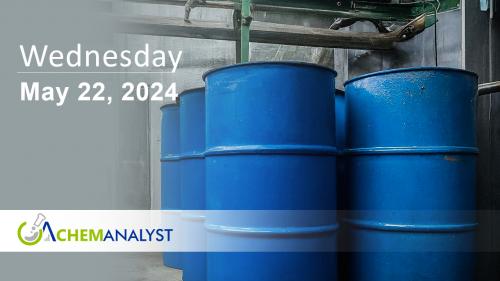
Acetone isn’t a name one is likely to recognize immediately but there is a good chance you have come across it quite often. This flammable, odorless liquid is essential in more ways than one can imagine in daily life. Whether you have been using the acetone in removing the nail polish from your bathroom cabinet or have been using it in manufacturing of car parts underneath your hood, it is used in a plethora of ways. Fasten your seatbelts while you explore with me an interesting and probably little-known chemical called acetone and discover its origin, its features, its uses, and the essential contributions it makes to the functioning of our society.
Welcome to our world of Acetone manufacturing where the magic of science turns raw materials into the products that we use in our everyday lives. In this blog we will discover Acetone’s:
- Manufacturing Process
- Key Applications
- Market Outlook
Introduction
Acetone, a clear and highly volatile compound with the chemical formula C3H6O, stands as a versatile cornerstone in numerous industries. Primarily derived as a by-product of Phenol production, acetone is synthesized through a process involving the alkylating of benzene with propylene to create cumene, subsequently undergoing air oxidation to yield phenol and acetone. Renowned for its water miscibility, acetone serves as a vital organic solvent across industrial, household, and laboratory settings. Its applications span various sectors, including cosmetics, paints, coatings, and automotive industries. Beyond its solvent capabilities, acetone acts as a cross-linking agent for bioactive compounds in fungicides and insecticides, aids in polyester resin cleansing, and contributes to polymer production for materials like polycarbonates, Bisphenol-A, and epoxy resins. With its multifaceted utility, acetone emerges as an indispensable ingredient, driving innovation and efficiency across diverse fields.
Manufacturing Process
- Figure below illustrates a preliminary process flow diagram (PFD) delineating the acetone production procedure. Isopropanol (IPA) serves as the primary raw material, with the IPA feed comprising a nearly azeotropic mixture with water, containing 88 wt % IPA at 25°C and 1 atm.
- Following heating, vaporization, and superheating in a heat exchanger (E-401), the feed is directed to the reactor (R-401) where acetone is synthesized via a specified reaction. Subsequently, the reactor effluent undergoes cooling and partial condensation in another heat exchanger (E-402) before entering a separation unit (V-401).
- Within this unit, all light gas (hydrogen) is channeled into Stream 7, while the remaining components (acetone, IPA, and water) segregate based on Raoult’s Law. A fraction of the acetone in Stream 7 is recovered through absorption into pure water in T-401.
- The liquid in Stream 12 is subjected to distillation to yield "pure" acetone in Stream 13 and wastewater containing IPA in Stream 14.
Following is the list of components working in the entire system and the involved functions:

Heat Exchanger (E-401):
E-401 functions by heating, vaporizing, and superheating the feed to achieve a temperature of 235°C at a pressure of 2.2 bar. The feed pressure is further increased to the specified level by an off-screen pump, which is not relevant for the current semester's study.
Reactor (R-401):
After the introduction of a novel catalyst, only the subsequent reaction takes place:

The reaction takes place at a temperature of 350°C, with a conversion rate of 90% at this temperature. At the reactor exit, the pressure is maintained at 1.9 bar. This reaction is endothermic, and heat is provided by hot molten salt.
Fired Heater (H-401):
H-401 serves to heat the molten salt, which in turn provides heat to the reactor. Energy is generated through the combustion of natural gas, typically assumed to be pure methane. The molten salt enters H-401 at 360°C (Stream 3) and exits at 410°C (Stream 4). The heat capacity of the molten salt is 1.56 J/g K.
Heat Exchanger (E-402):
E-402 is responsible for cooling and partially condensing the effluent from the reactor. During this process, none of the hydrogen condenses. The outlet pressure can vary, but it must be below 1.6 bar, while the temperature can range below 50°C, achieved through the use of either cooling water (cw) or refrigerated water (rw).
Separation Vessel (V-401):
V-401 facilitates the separation of vapor and liquid effluent from E-402. In this separator, all hydrogen in the feed enters the vapor phase, designated as Stream 7. Other components distribute according to Raoult’s Law at the temperature and pressure of E-402. The combined operation of E-402 and V-401 is commonly referred to as a flash operation.
Absorber (T-401):
At T-401, additional acetone recovery occurs through absorption into pure process water. Operating under the same temperature and pressure conditions as V-401, Stream 11 contains all hydrogen, acetone, and water not present in Stream 10. Stream 10 contains all isopropyl alcohol (IPA) from Stream 7 and 95% of the water from Streams 7 and 9.
Distillation Column (T-402):
T-402 is dedicated to separating acetone, isopropyl alcohol (IPA), and water present in Stream 12. Operating at 1.4 bar, specific requirements include ensuring that the acetone purity reaches 99.9 mol%, with 99.5 mol% of acetone from the feed recovered in Stream 13. Stream 14 predominantly contains water and IPA from Stream 12.
Heat Exchanger (E-403):
E-403 facilitates the condensation of Stream 13 from saturated vapor to saturated liquid, achieving a condensation rate three times the flow of Stream 13. The associated cost accounts for the cooling water required to dissipate the necessary energy.
Heat Exchanger (E-404):
In E-404, approximately half of Stream 14's flow is vaporized from saturated liquid to saturated vapor at 1.4 bar before being returned to the column. The cost incurred is attributed to the low-pressure steam needed to provide the requisite heat.
Additional Distillation Column (T-403):
An optional addition, T-403, is introduced to further process Stream 14. This column aims to recover a near azeotropic mixture of water and IPA, with 88 wt% IPA obtained from the top product, while all remaining acetone remains in Stream 14. Recycled IPA/water top product is directed back to the initial process stage, while the bottom product undergoes waste water treatment. T-403 requires two heat exchangers with energy specifications similar to E-403 and E-404, operating at 1.2 bar.
Applications of Acetone
- Solvent
Acetone's biggest role lies as a solvent. Acetone acts as a versatile problem-solver across numerous industries. In the pharmaceutical world, it plays a part in manufacturing essential medications like vitamin C and certain antibiotics (cephalosporins). It also strengthens the backbone of various industrial materials – from the glass-reinforced plastics (GRP) used in construction to the rubber chemicals that keep our tires rolling. Even in your beauty routine, acetone plays a hidden role – it's the key ingredient that helps dissolve stubborn nail polish, making it easy to remove with a swipe. But acetone's reach extends beyond everyday applications. In the textile industry, it serves as a crucial spinning solvent for cellulose acetate fibers, a material used in the production of certain fabrics. So, next time you admire a clear vitamin C capsule, step into a shower with a reinforced fiberglass stall, or simply remove your nail polish, remember – acetone, the unsung hero, might have played a part behind the scenes.
2. Cosmetics
Nail polish remover might be the first place acetone comes to mind, but this versatile solvent has a much wider reach in our daily lives. Beyond dissolving stubborn polish, acetone's powerful dissolving properties make it a key ingredient in nail polish remover. It effectively breaks down the polish, allowing it to be easily wiped away with a cotton swab. This same dissolving power translates to the beauty world in general. Acetone finds its way into makeup, lotions, and even some skin creams, acting as a thinning agent. This helps create smoother textures and easier application of these products for a flawless finish. So, next time you put on your makeup or lotion, you might be thanking acetone for its behind-the-scenes contribution to a flawless application.
3. Chemical Industry
Acetone's influence extends far beyond its role as a common solvent. A significant chunk of acetone production fuels the creation of bisphenol A (BPA), a key component in sturdy and clear plastics like water bottles and eyeglasses. This ongoing demand for BPA-containing plastics strengthens the market for acetone. Additionally, acetone serves as a springboard for methyl methacrylate (MMA), a crucial ingredient in the widely used acrylic material.
4. Pharmaceutical Industry
Acetone serves as a solvent in medications, aiding in the delivery of precise dosages by dissolving active ingredients and fillers. Hence, it is a common excipient in many pharmaceutical formulations. Additionally, acetone finds use in denaturing alcohol.
Market Outlook
The increasing need for various pharmaceuticals, medications, and sanitizing products is driving the market expansion of acetone. Anticipated growth in demand is attributed to a surge in solvent requirements from diverse end-user sectors such as coatings, paints, sealants, agrochemicals, pharmaceuticals, and more.
Acetone Major Global Producers
Major players in the Global Acetone market are INEOS Group Ltd., Cepsa Corporation, Formosa Chemicals and Fibre Corp, Kumho P&B Chemicals., Inc., Chang Chun Petrochemical Co., Ltd., Advansix, PTT Phenol, Shell Chemicals, Versalis, Zhejiang Petroleum & Chemical Co., Ltd., Mitsui Phenols Singapore Pte. Ltd., LG Chem Ltd., Olin Corporation, and Others.
Conclusion:
Acetone’s story does not start and end with the nail polish remover bottle in your bathroom shelf. This is a multifunctional solvent that is used in many industries including the pharmaceutical industry, cosmetics, paints, and adhesive industries. Not only does it dissolve and clean, but it is also an active ingredient in the formation of indispensable materials such as polycarbonates and synthetic fibers. The constant increase in the demand for solvents worldwide, particularly in various industries, is also a factor that will lead to the steady growth of the acetone market. This is further supported by the growth in the automotive industry, which uses acetone in various parts. In the pharmaceutical industry, acetone is used in the production of various medicines, in the cosmetic industry, it is used in the production of creams, lotions, nail polish removers, and others while in the electronics industry, it is used in the production of electronic devices such as transistors and solar cells. However, mainly due to its availability, the acetone market has a relatively bright outlook for the future. The future of the acetone industry is bright given the growing connection between acetone and its downstream uses such as in the production of pharmaceuticals and cosmetics. With the population increasing and the consumer market changing, these sectors are expected to drive the need for acetone even higher. The next time you use a clear plastic bottle, a fresh coat of paint, or a life-saving medication, just remember that acetone, the unrecognized star, might just have been involved in creating it.

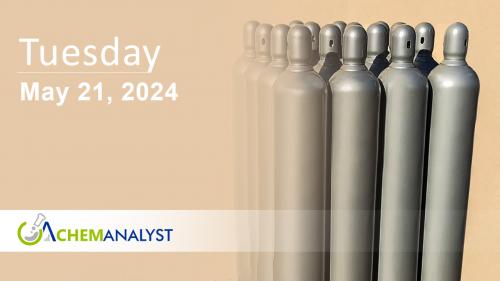

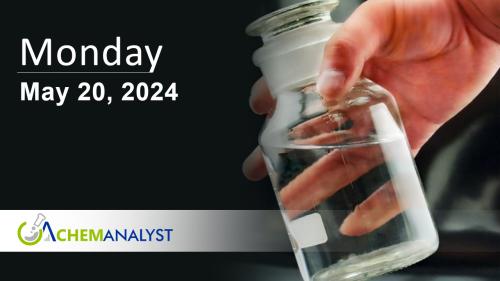


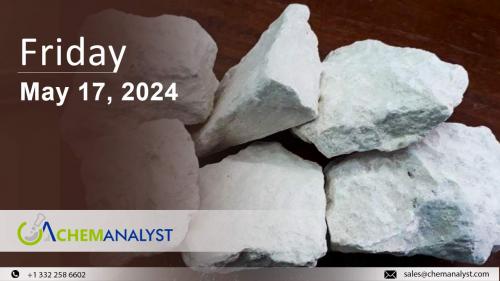
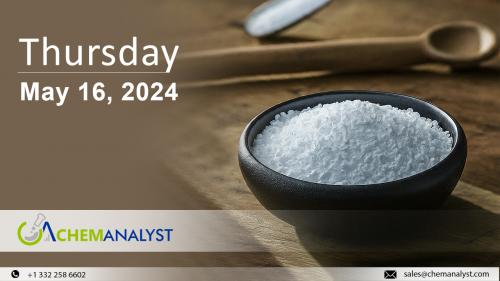
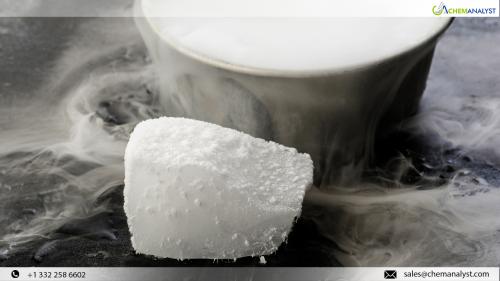
Comments